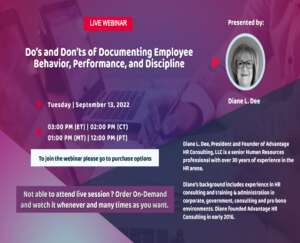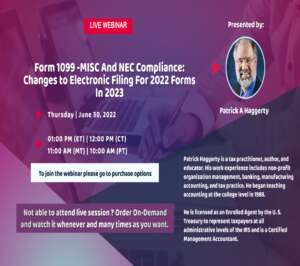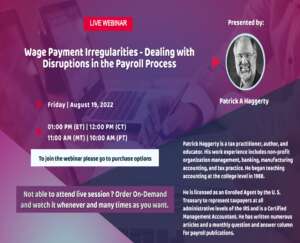These 4 risk factors are near the top of the ‘accident causation’ pyramid.
Most craft workers have learned to respect the principles of physics related to ‘gravity’, and also the ‘electro-molecular’ disturbance, such as when your body becomes a sudden conductor of a huge amount of charged electrons (i.e., you got ‘zapped’ like a bug.)
These are the first two of the focus four. The other two categories are less apparent – struck by and caught in or between. These are more insidious, and harder to identify. They are also growing in number.
They are theoretical categories, since they do not say exactly what you could be stuck by or caught in. This makes them harder to predict and prevent. More so now with increasing mechanization of job sites.
This webinar will discuss ways to predict, avoid, prevent and control hazards related to the focus four generally and in some cases specific examples.
Since there are no specific OSHA standards relating to the Struck by or caught in categories, our discussion will examine best practices and protective strategies available to employers. This necessarily implies that’s why all have a safety program, and that it is functionally working in the sense of supervision and organization awareness. This means your estimator and field managers are educated and informed on identifying possible focus four issues, long before your crew arrives for work.
Areas Covered
- Risk recognition and identification
- Common scenarios of focus four hazard
- Precautions for work around moving vehicles and traffic
- Supervisor and manager responsibility
- Employee responsibility
- OSHA Compliance actions – fall protection; electrical exposures
- Use of the job hazard analytic to identify hazards- construction and industrial
Why Should You Attend
OSHA penalties for ‘Serious’ violations have increased by 50% over the past 6 years. Because of their potential to cause serious harm and possibly a fatality, the focus four are classed as a minimum ‘Serious’ violation.
If the employer is found to be negligent, recalcitrant, argumentative, obstreperous, ‘egregious’, in denial or otherwise bone-headed, there could be a finding of ‘WILFUL Serious’, in which case the penalty may approach a six-digit number. Which could be deserving at this point.
Claim costs and Insurance coverage will generally be impacted by a Fatal Four outcome. Your insurance will pay for the claim, but your Experience Modification Factor (EMF) will likely take a hit. Particularly if your safety record aren’t so hot to begin with. You could end up paying a lot more for your Workers Comp insurance than the ‘average’ company in your line of work. In a worst-case scenario, you will be put into the high-risk insurance pool. You will pay thru the nose for this outcome.
To add insult to the injury, when you bid a job, you will need to disclose that your safety record stinks, and that you are in ‘The Pool’. What kind of message does that send to the client?
It is increasingly common today to find Contract language that states do not event think of bidding on this contract if your EMF is over 1.0’. So, you’re basically looking at missing out on work opportunity as a result of a lousy safety record.
There are also an increasing number of Employers Liability and 3rd Party Lawsuits being brought against companies following a fatal accident. These claims are filed separately from Workers Comp, since the payout under WC is set by ‘statute’, vs. the wide-open maw available under ‘Personal Injury’ claims. This one is a minefield.
Not to mention the bad publicity and negative image you will receive following a catastrophic event. This one may not have a clear price-tag, but it can be costly in other ways. Such as employee turnover. In this labor market? Good luck.
Who Should Attend
- Construction foremen and superintendents
- Working foremen and lead persons
- Project Managers
- Plant Managers
- Estimators and Planners
- Architects and Engineers
- Concrete form work and finishing
- Building Exterior-siding, finish and trim
- Painters, gutter installation
- Trench and excavation workers
- Utility and maintenance workers
- Practically any outdoor workers
- Industrial trades
- Quarry and asphalt plant workers
- Cable and Tel-com workers
- Tree and arborist, landscapers
- Roofer, window installers
- HVAC persons, plumbers
- Paving and sealcoating, site work
- Dump truck and heavy equipment operators
- Water and waste water workers
- Delivery drivers, route salespersons
Certification:
 Pedu is recognized by SHRM to offer Professional Development Credits (PDCs) for the SHRM-CPSM or SHRM-SCPSM. This program is valid for 1.0 PDCs for the SHRM-CPSM or SHRM-SCPSM. For more information about certification or recertification, please portal.shrm.org.
Pedu is recognized by SHRM to offer Professional Development Credits (PDCs) for the SHRM-CPSM or SHRM-SCPSM. This program is valid for 1.0 PDCs for the SHRM-CPSM or SHRM-SCPSM. For more information about certification or recertification, please portal.shrm.org.
Topic Background
Falls from height; electrocution; caught in or between; struck by – these 4 categories of hazard are among the most prominent causes of death in OSHA recordkeeping.
If your employees are engaged in practically any type of work activity – particularly on jobsites, industrial facilities or working in and around vehicles, transit, any type of physical infrastructure, these 4 elements probably will apply to their risk profile.
Learn how to recognize and identify these hazards, which is not always as simple as it sounds.

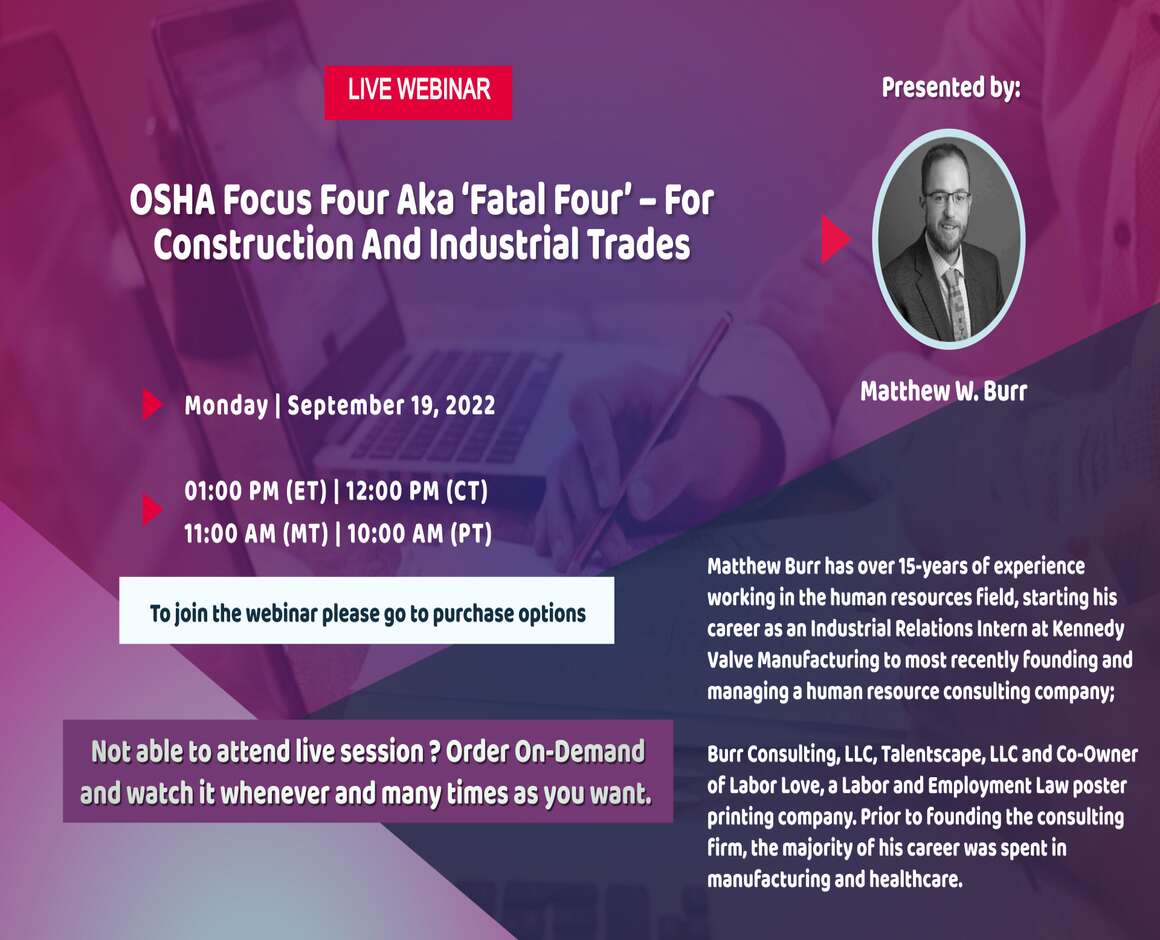
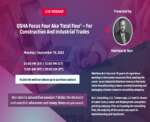
 Matthew Burr
Matthew Burr